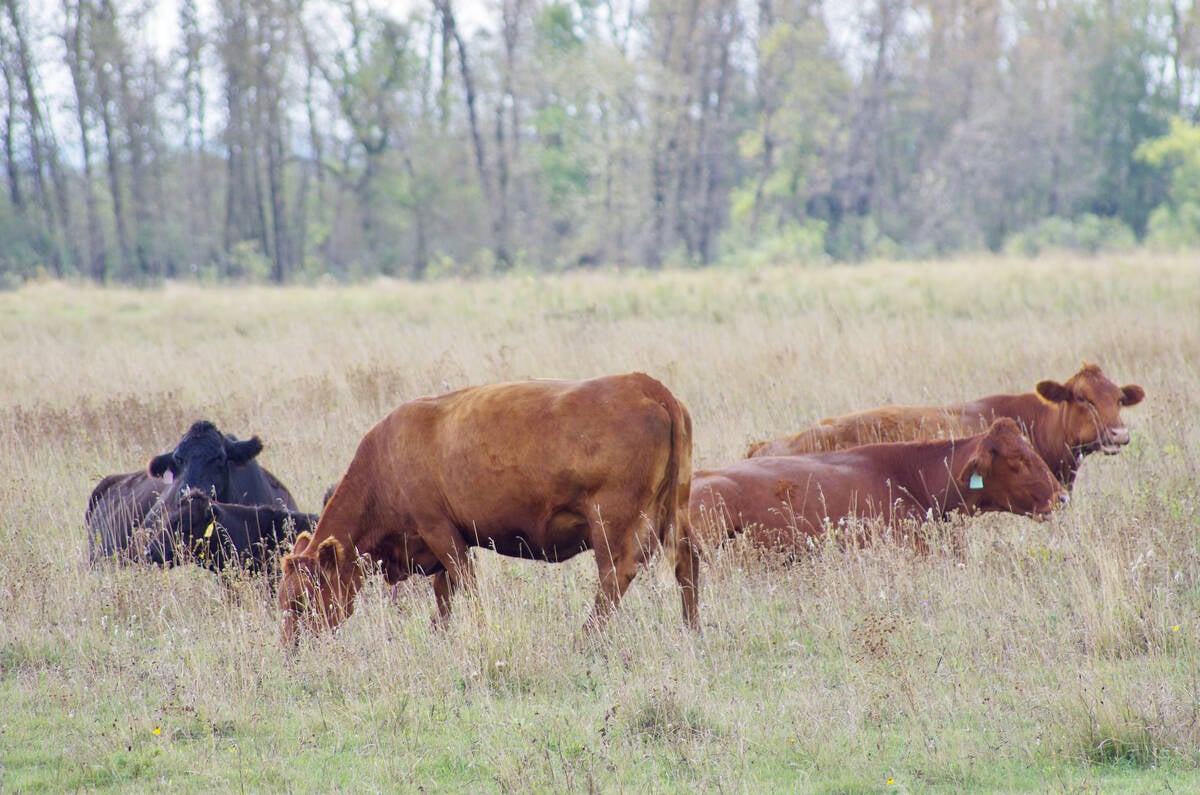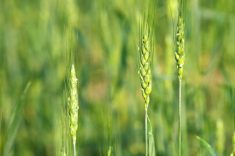CNS Canada — Statistics Canada released its latest acreage estimates on Friday, with canola coming in at 20.2 million acres, above the previous guess of 19.8 million.
That number, however, will likely be lower due to some unseeded and flooded acres unaccounted for, because the estimates were made as of June 10, when some farmers may have still been optimistic that they would get all of their acres in.
“If StatsCan would just do this report 10 or 15 days later, it would be infinitely more useful to us,” said Ken Ball, with P.I. Financial in Winnipeg. “But now everybody’s got to guess how many acres were intended on June 10 that didn’t go in.”
Read Also

U.S. livestock: Chicago cattle futures climb on post-Thanksgiving trade
Chicago | Reuters – Chicago Mercantile Exchange’s live and feeder cattle futures ticked up on Friday in a day of…
A large amount of acres that get flooded out or aren’t productive will be lost and will have to be trimmed off of StatsCan’s estimate, he said.
Mike Jubinville of ProFarmer Canada estimated the actual seeded area will be at least 750,000 acres lower than the 20.2 million-acre projection.
But, no matter what the canola acreage figure is, it isn’t likely to have a big impact on the market, as what really matters now is how much the crop yields.
“We’re going to look at all these weather issues and another big round of storms that are supposedly going to be coming through over the next one to three days,” said Jubinville.
No matter how big the crop ends up being, there will likely still be enough demand to make up for it, he said.
“As long as the transportation is unencumbered relative to what we experienced this past year, we’re going to move all of this canola,” he added.
Overall, the StatsCan report was fairly neutral for all crops; total wheat area was within expectations at 24.1 million acres, but down from the March estimate of 24.8 million. Jubinville added that number will likely be about 750,000 acres lower due to excess moisture as well.
Durum was in line with expectations at 4.8 million acres, while flax, at 1.6 million acres, and barley, at 6.1 million, were slightly lower than anticipated.
According to Ball, barley acres were likely down due to the crop not doing well in wet weather
“Growers have been abandoning barley as a crop steadily over the last five years or so,” he said. “It’s a difficult crop to grow in wet conditions, and we have had fairly wet conditions on parts of the Prairies for the last number of years.”
— Terryn Shiells writes for Commodity News Service Canada, a Winnipeg company specializing in grain and commodity market reporting.
Table: Recap of Statistics Canada’s acreage report for the period ended June 10, 2014. Pre-report expectations provided for comparison purposes. Figures in millions of acres.
| Pre-report | StatsCan | StatsCan | StatsCan | |
| estimates | June 2014 | Mar 2014 | 2013-14 | |
| Canola | 18.800 – 20.700 | 20.228 | 19.801 | 19.936 |
| Wheat – * | 23.600 – 25.800 | 24.087 | 24.766 | 26.015 |
| Spring wheat | 16.700 – 17.500 | 17.636 | 17.978 | 19.043 |
| Durum | 4.700 – 5.000 | 4.800 | 4.835 | 4.965 |
| Barley | 6.200 – 6.500 | 6.089 | 6.311 | 7.083 |
| Flaxseed | 1.600 – 1.700 | 1.570 | 1.715 | 1.035 |
| Oats | 3.000 – 3.300 | 3.046 | 3.188 | 3.168 |
| Peas | 3.975 – 4.000 | 3.975 | 3.975 | 3.285 |
* – Represents total wheat, including spring wheat, durum wheat, and winter wheat remaining after winterkill
















